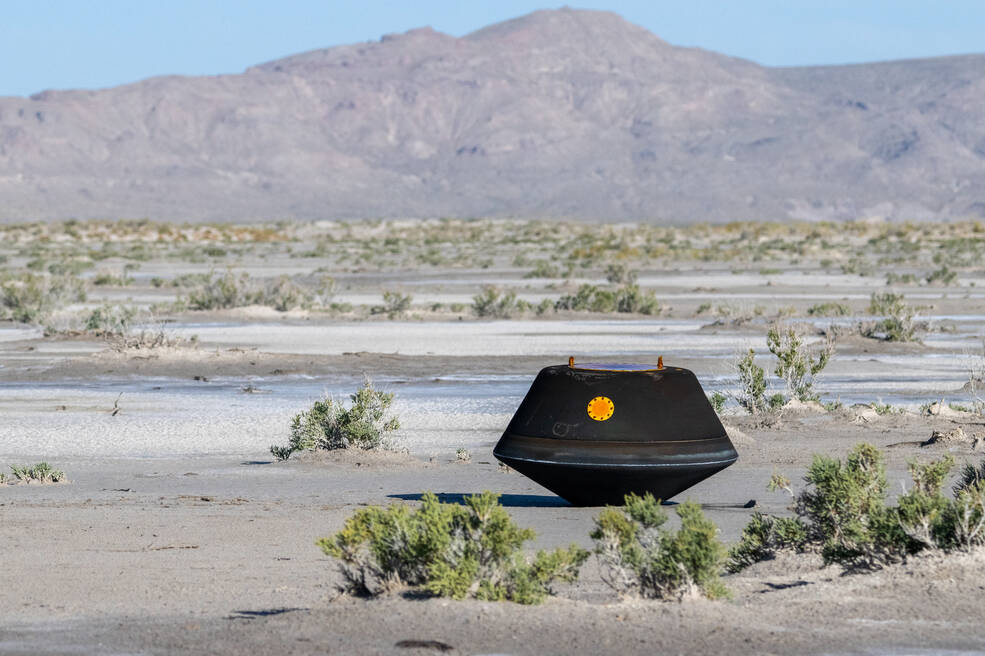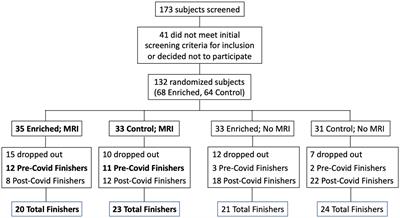

As a person who develops drones, and who has already read the article about a week ago, and given a review of it in another place:
The author’s unit was quite obviously supplied with crappy drones, his description hints of many recognizable issues. Their takeoff failure rate would be considered unacceptable in some circles. Their detonation failure rate hints of sappers erring on the side of caution (sappers want to go home alive). These problems can be solved with factory made munitions and decent quality assurance.
Some of his complaints are organizational. Lacking bomber drones, they wasted FPV drones to destroy stationary / abandoned / disabled vehicles. This is not a tech issue, but an organizational issue.
He’s correct to point out that heavily loaded quadcopters won’t safely take off in adverse weather. I must remind that a catapult launched UAV plane will reliably take off in adverse weather, exceed quadcopters in range and payload capacity, so we can guess that planes taking off from launch tubes will gradually replace quadcopters taking off from grass.
He’s correct to point out that once you go below direct visibility, your 5.8 GHz video link will break. There’s at least 3 solutions around this: an airborne repeater, fiber optic cable and bombing the target from altitude. All 3 solutions are already widespread.
He mentions lack of GPS, compass, inertial navigation and pilots getting lost. This is true, GPS is suppressed on the front and will likely stay suppressed, some drones are cheap and don’t provide the pilot with obvious and simple navigational aids (they should) and some pilots do get lost when navigating (this is unavoidable, but can be reduced).
He mentions need for long training. This is the current reality, but not the reality of a tailor-made combat drone system. Today, people are fighting a war with civilian sports supplies. That’s why pilot training is important to overcome difficulties. In a few years, you can give a ready-made drone system (in a sealed container, with a factory-made warhead) to a random guy or girl from a street in the middle of a storm, and he or she can shoot down a combat helicopter from 10 kilometers distance with it. Just liking firing an NLAW can be learned in 5 minutes (but not mastered, of course), firing a drone will be possible with 5 minutes of instruction in the near future.






















That’s some quite chilling reading.
People never got information about what mistake or malfunction took their relatives’ lives, but the leaked files draw a pattern of Teslas making erratic maneuvers when self-driving.
Also, there’s a pattern that crashed Tesla drivers tend to burn to death without passers-by being able to help them - because passers-by depend on opening doors using their handle, not pulling people out through windows or cutting through structures with hydraulic scizzors. By the time firefighters arrive, the person is dead and the fire too hot to apprach.
I would never buy a Tesla anyway, since I like utmost simplicity in vehicles.
But the Tesla battery seems like a special invitation for trouble to me - a ridiculously high number of small lithium ion cells. Unless your production is 100% reliable, that’s not a manageable configuration. A low number of large cells in manageable. Also, it seems that their battery is very likely to short in a crash. A low number of large cells have more limited options for shorting and more chances of the single series connection breaking. As soon as you have parallel cells, you’re asking for trouble.